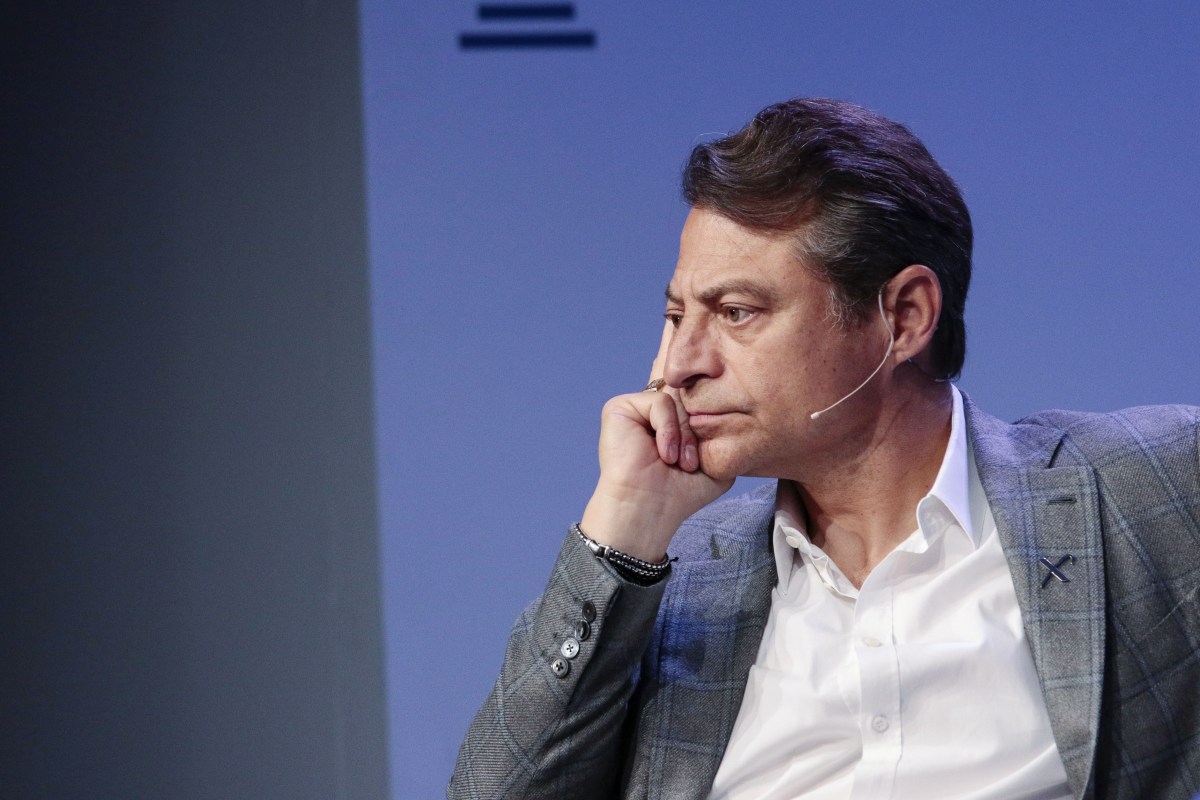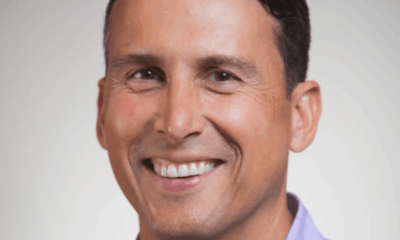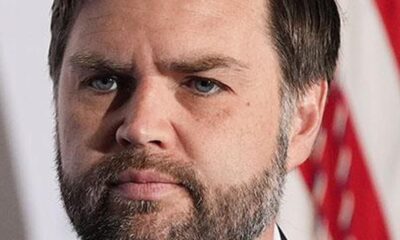Tech News
Want to stay young? Peter Diamandis says survive the next 10 years

Peter Diamandis, a futurist with degrees from both MIT and Harvard, has been promoting a vision of an “abundant future” driven by exponential technologies that will extend human lives. Known for his work with organizations like the XPRIZE Foundation and Singularity University, Diamandis has built relationships with influential business leaders like Elon Musk.
Supporters appreciate his positive outlook and evidence-based arguments about the benefits of technology in lifting people out of poverty and improving global living standards. However, critics point out the growing wealth inequality and systemic issues that his techno-utopian vision may overlook, especially in the United States.
Regardless of opinions, many people find Diamandis to be a fascinating figure in the modern world. Recently, we had the opportunity to speak with him about abundance, longevity, and his thoughts on Byran Johnson’s efforts to reverse aging.
In a tweet, Diamandis mentioned “longevity escape velocity,” a concept suggesting that advances in science and medicine will lead to longer lifespans. He believes we are on the brink of a “healthspan revolution” fueled by technologies like AI and cellular medicines. Diamandis emphasizes the importance of factors like diet, sleep, exercise, and mindset in promoting longevity, noting that these practices are accessible to everyone.
He also discusses higher-tier longevity strategies that may require financial resources, such as medications, supplements, and advanced testing for early disease detection. Diamandis highlights epigenetic reprogramming as a promising area of research, aiming to reverse aging at a genetic level. While initially costly and experimental, he envisions these treatments becoming more affordable and widespread in the future.
Diamandis mentions the Healthspan XPRIZE, a competition he launched to encourage innovations in extending healthy lifespans. With a history of driving research and development through prizes, Diamandis continues to invest in projects that align with his vision of a longer and healthier future.
In the XPRIZE competition, teams are required to show the ability to reverse functional aging in cognition, immune system, and muscle in the 60 to 80-year-old population. The goal is to determine if individuals receiving therapy from the winning team can regain clarity and capabilities similar to those they had 20 years ago. Additionally, the competition has attracted 620 teams, with $10 million in prize money to be awarded to the top 40 teams by 2030.
When comparing my approach to longevity with Bryan Johnson’s work at Blueprint, there are some key differences. While I have known Bryan for a decade and appreciate his pioneering efforts, his focus is on n-of-one experimentation. On the other hand, my approach through the XPRIZE Foundation involves a large-scale global competition with hundreds of diverse approaches being rigorously measured and tested. This competition ensures that each team can demonstrate their ability to achieve the desired outcomes in a scientifically-backed and normalized manner.
For more insights from Diamandis, such as his relationship with Musk, his collaboration with Tony Robbins on a health scanning company, and how he manages potential conflicts of interest, check out the full interview.
-

 Destination9 months ago
Destination9 months agoSingapore Airlines CEO set to join board of Air India, BA News, BA
-

 Breaking News10 months ago
Breaking News10 months agoCroatia to reintroduce compulsory military draft as regional tensions soar
-

 Gadgets4 months ago
Gadgets4 months agoSupernatural Season 16 Revival News, Cast, Plot and Release Date
-

 Tech News1 year ago
Tech News1 year agoBangladeshi police agents accused of selling citizens’ personal information on Telegram
-

 Productivity12 months ago
Productivity12 months agoHow Your Contact Center Can Become A Customer Engagement Center
-

 Gadgets4 weeks ago
Gadgets4 weeks agoFallout Season 2 Potential Release Date, Cast, Plot and News
-

 Breaking News10 months ago
Breaking News10 months agoBangladesh crisis: Refaat Ahmed sworn in as Bangladesh’s new chief justice
-

 Toys12 months ago
Toys12 months ago15 of the Best Trike & Tricycles Mums Recommend























